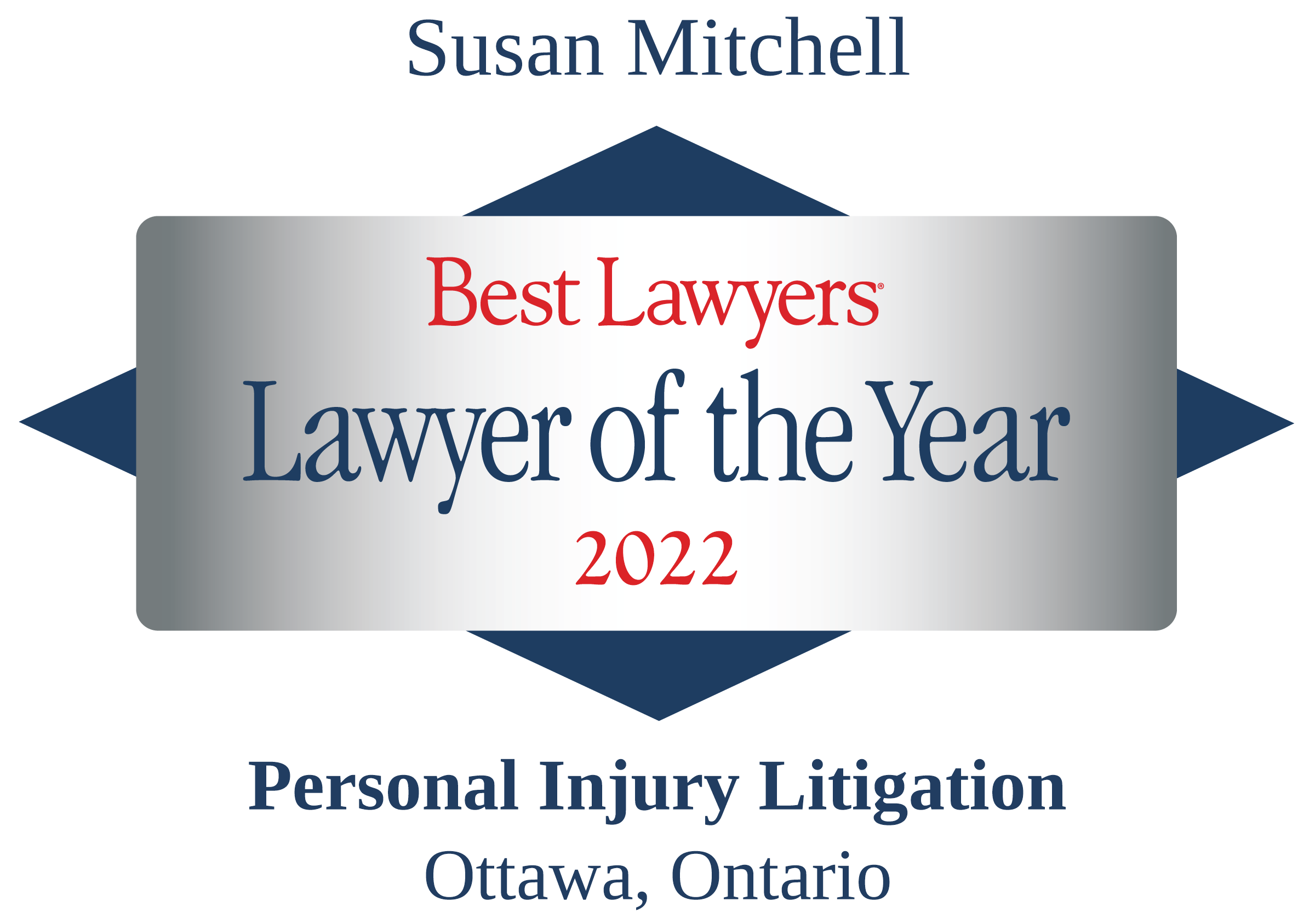When people put themselves in the care of a medical professional such as a doctor or a dentist, they trust the person providing that medical service. If something goes wrong following a medical procedure, resulting in personal injury, questions about medical malpractice may arise. Unlike other areas of personal injury, medical malpractice may be more difficult for people to understand, especially if the injured party doesn’t have the medical background needed to grasp whether or not what happened resulted from negligence.
A recent Ontario Superior Court of Justice decision shows how difficult it can be for plaintiffs to do so while also showing what courts might look for when a medical malpractice claim is put before them.
Dental patient says anaesthesia was not properly administered
The plaintiff was the patient of the dentist, who had filed a statement of claim alleging the defendant had breached the standard of care by giving the plaintiff too much of a local anesthetic. The plaintiff said she was given about 30 mg of an anesthetic, which leaked from the needle used to inject it, causing her to swallow a large amount. The plaintiff said this resulted in her developing several long-term medical problems, including memory loss, chest pain, numbness, weakness of her extremities, proteinuria, eye pain, blurred vision, and more. Furthermore, she said that the defendant damaged her gums and some of her teeth by cutting and shaving them, including drilling a large hole in one of her teeth.
The defendant asked the court to issue a summary judgment denying wrongdoing. After assessing the evidence and positions of the parties, the court agreed that a summary judgment would be appropriate in the situation.
What are the legal principles of medical malpractice?
The court wrote that it is well established in cases of medical malpractice that the plaintiff is responsible for leading expert evidence of a doctor or dentist that is in the same field as the defendant. This witness (or witnesses) must provide evidence attesting to the dentist’s negligence. Furthermore, the expert must be qualified to practice in Ontario or a jurisdiction with a similar standard of care. In summary judgment cases, this evidence can be provided as a report.
The court looks at the evidence of each of the parties
The defendant provided four expert reports. He wrote one, and his expert witnesses wrote the others. He wrote in his affidavit that he did nothing to fracture any of the plaintiff’s teeth and that she told him she had broken her tooth while eating.
Regarding the anesthetics, the defendant said he administered two cartridges of anesthesia. It was a routine and uneventful process, adding that the total dosage was “well below the maximum recommended dose for adult patients.” His affidavit also stated that he did not believe the plaintiff had swallowed any of the anesthesia.
The defendant’s other witness evidence stated that he did not use any tools that could be used to fracture or break a tooth. The evidence also spoke to what would happen if someone swallowed a small amount of anesthetic, writing that nothing beyond a bitter taste in the mouth could be expected.
The plaintiff’s evidence came via a report from a dentist in Taiwan. The witness provided a signed expert report from his reviewing clinical notes from doctors who had seen the plaintiff. The report stated that the defendant breached the standard of care expected from a dentist, which “directly caused the plaintiff’s eyes, central nervous system, heart, eyelids, gum, and teeth injuries,” the injuries were the direct result of local anesthetic.
However, the report also stated that he only learned about the anesthetic procedures from talking to the plaintiff and her husband and did not have any first-hand evidence of the amount of anesthetic administered. The plaintiff should have provided evidence from experts in Canada or who had seen her leaving the court relying entirely on the Taiwanese dentist, who relied on the facts provided by the plaintiff. Furthermore, the plaintiff did not cross-examine the experts hired by the defendant.
In asking whether there was a genuine issue requiring a trial or whether the matter should be dismissed at this stage, the court focused on the lack of witnesses provided by the plaintiff, even though she had seen several doctors following her dental treatment. In addition, the court found that the report provided by the Taiwanese dentist was not admissible because it was not attached to an affidavit. The court also had no evidence that the dentist was qualified to speak on the standard of care in Ontario. Finally, even if the evidence was to be admitted, the court again pointed out that it relied on the plaintiff’s assertion that she had been given too much anesthetic.
This led the court to side with the evidence provided by the defendant, satisfying the court that there was no genuine issue for a trial, and the motion for summary dismissal by the defendant was granted.
Work With The Lawyers At Tierney Stauffer LLP If You Are Concerned About Medical Malpractice
At Tierney Stauffer LLP, our medical malpractice lawyers are passionate about defending your rights as a patient wronged by careless negligence from a trusted professional. We understand the evidence needed to advance such cases and can work with you to avoid the pitfalls experienced by the plaintiff in the case discussed today. If you’ve been harmed in some way due to medical malpractice, don’t give the guilty party a chance to get away with it and put others at risk. Please contact us at 1-888-799-8057 or online to set up a free consultation with one of our experienced personal injury lawyers.


